Achievement Award
Research and development, international standardization, practical application and introduction of access multi-channel video distribution (CATV) system using optical fiber transmission
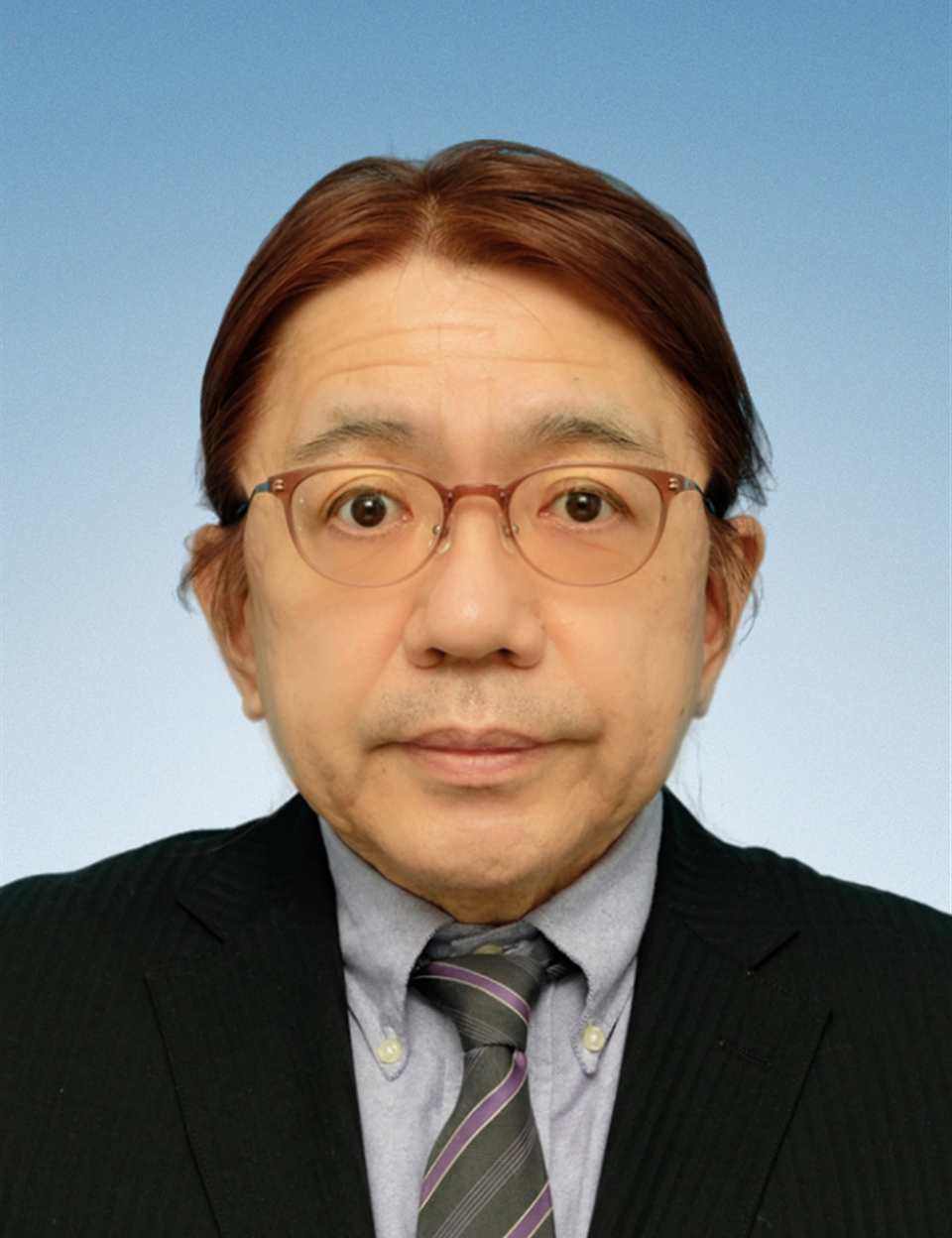
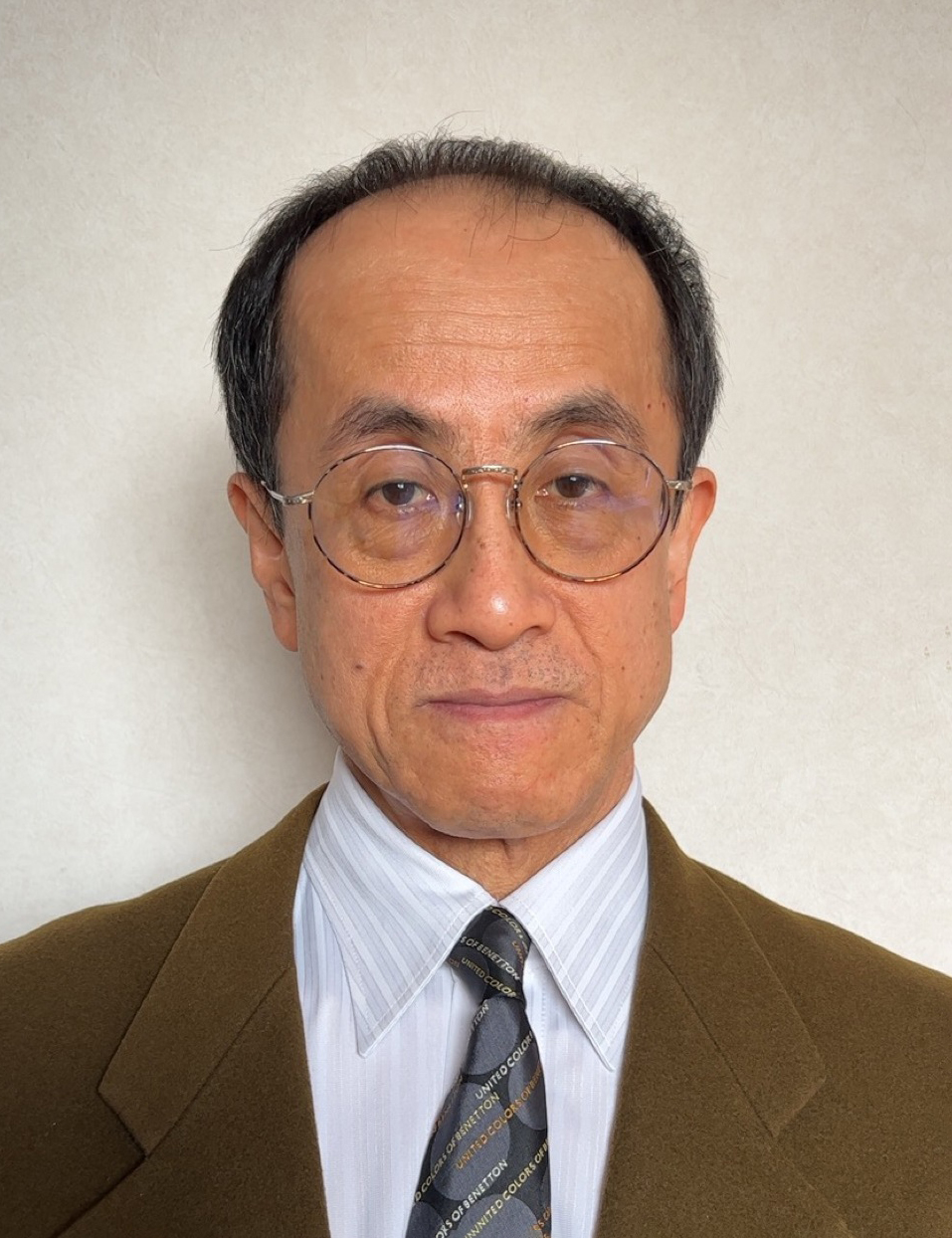
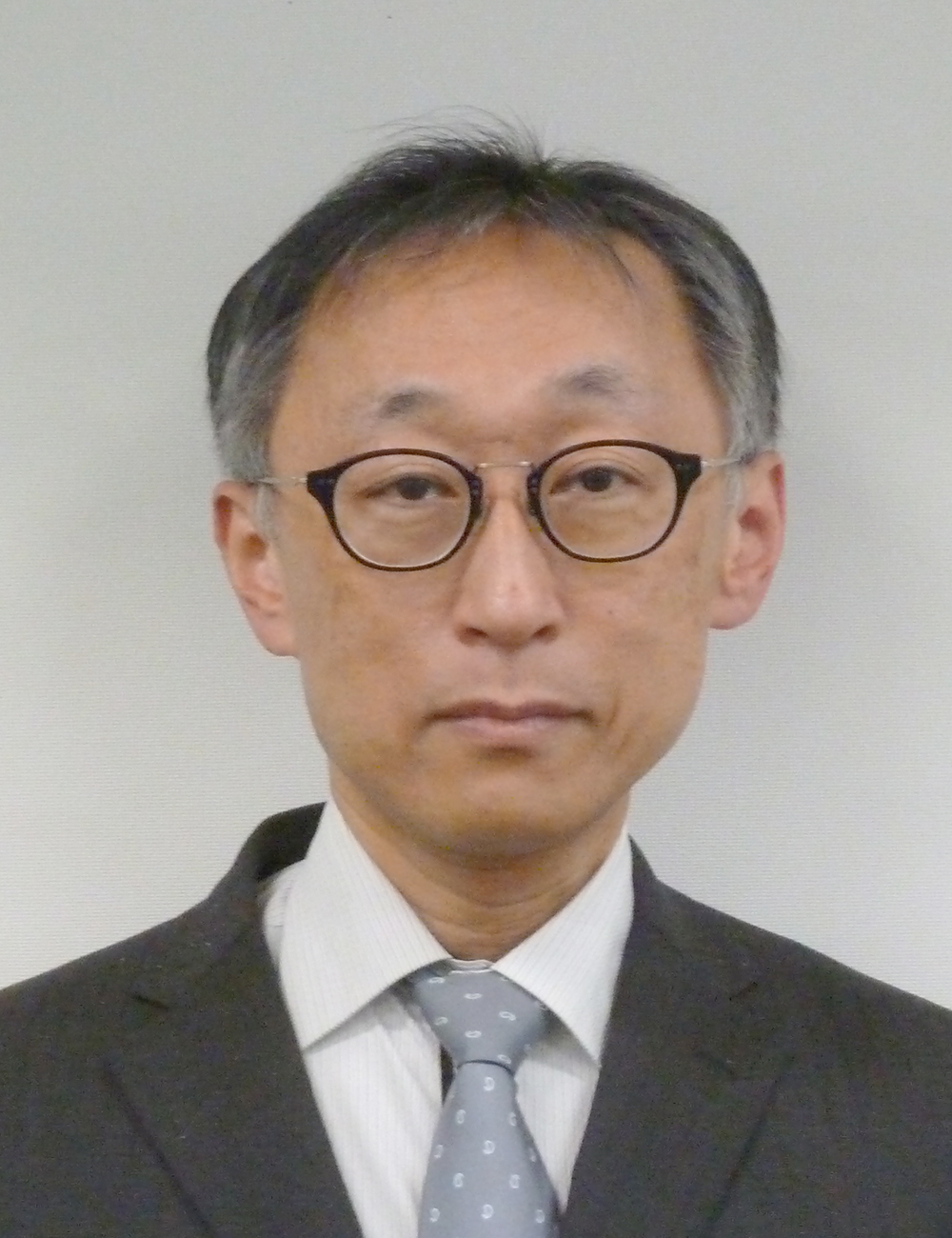
In access systems, the realization of broadband services using optical fibers such as multi-channel video distribution (CATV) had been desired all over the world. However, in access systems where optical signal loss is large due to many optical components such as optical splitters, optical filters for wavelength multiplexing, and optical connectors, etc., the optical power level difference (level difference between the optical output level from the optical transmitter and the optical input level to the optical receiver) was so small that all-optical (FTTH) CATV transmission was impossible.
Under this background, the award winners have pursued a drastic improvement in the difference in optical power level between the transmitter and receiver. They researched and developed a system that achieves high performance, such as low distortion and low noise, as well as economic efficiency. They have implemented and introduced a CATV system using fiber optics (1)-(5) (Figs. 1 and 2).
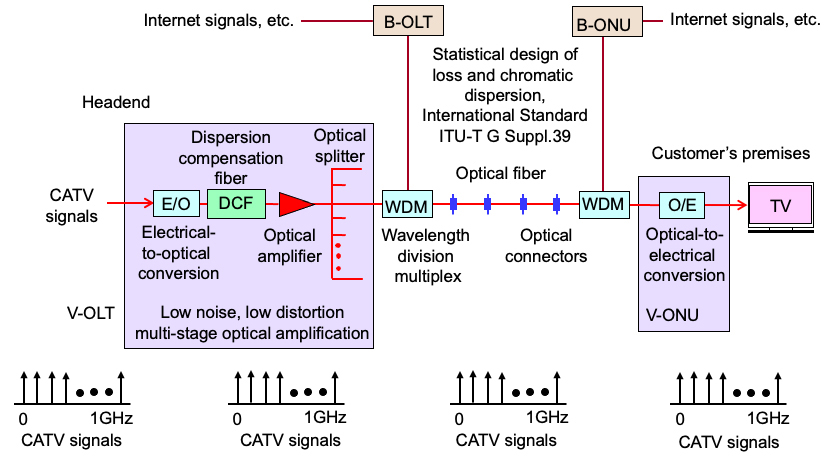
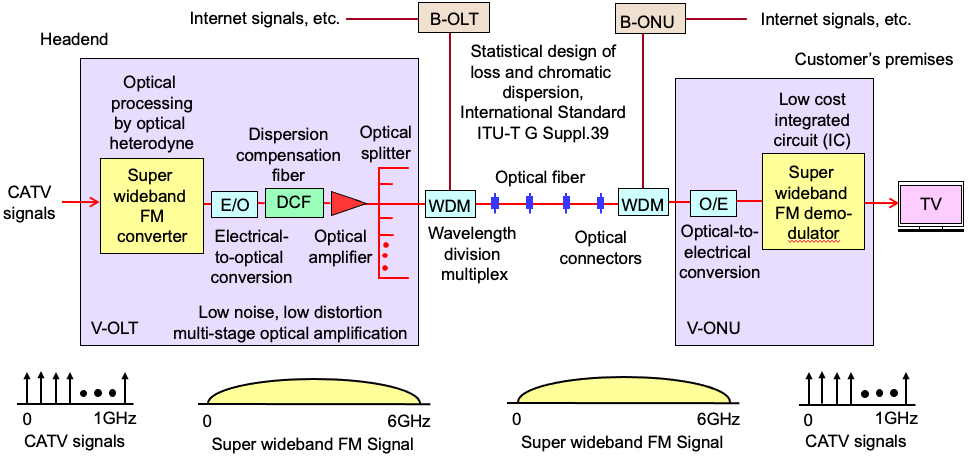
As a basic technology for practical application and introduction, they devised a novel method of statistically designing the loss and chromatic dispersion of optical fiber transmission lines. They also proposed the application of dispersion compensation fiber. In addition, they achieved low distortion and low noise properties in the optical fiber amplification. They realized multi-stage cascade optical amplification. Furthermore, they devised super wideband FM conversion by optical signal processing. These various inventions and ideas have been highly evaluated by foreign countries, and their contributions to draft standards have been requested and adopted as international standards (6)-(10).
The method of statistically designing the loss of the optical fiber transmission lines made it possible to increase the number of optical branches under strict requirements for the level difference between transmission and reception. And it enabled the construction of economical systems.
In addition, the method of statistically designing the chromatic dispersion of optical fiber transmission lines enabled longer-distance transmission under strict requirements for distortion. Furthermore, the application of dispersion compensation fiber enabled compensation of distortions caused by chromatic dispersion. And it enabled further long-distance transmission.
In the research and development of optical fiber amplifiers, they discovered so-called gain tilt distortion, which is distortion caused by the tilt of the gain value with respect to the wavelength of the optical fiber amplifier. They achieved low distortion in the optical fiber amplifier. They also clarified the causes of noise from reflected light such as backscattering in the erbium optical fiber used in optical fiber amplifiers. They achieved low noise in the optical fiber amplifier. The low distortion and low noise of the optical fiber amplifier enabled multi-stage optical amplification and achieved economic efficiency.
Super wideband FM conversion is a method that converts 1 GHz bandwidth multi-channel CATV signals, including 4K and 8K Super Hi-Vision broadcasts, into one single 6 GHz bandwidth super wideband FM signal using optical signal processing technology using optical heterodyne. In addition to chromatic dispersion, resistance to light reflection, resistance to noise generated by optical fiber amplifiers, resistance to nonlinear Raman crosstalk of optical fibers, and optical signal receiving sensitivity are also improved.
Using these technologies, they were the first in the world to economically commercialize and introduce an all-optical (FTTH) CATV system. (Large-scale introduction started in February 2004. Number of subscribers: 2.62 million, end of February 2023.)
On the other hand, many CATV operators introduced CATV systems based on the hybrid optical/coaxial system (HFC). The optical fiber interval length can be designed economically by the statistical design of loss and chromatic dispersion of this technique. Furthermore, optical fiber amplifiers with low distortion and low noise achieved by this technology, are widely used.
In recent years, many CATV operators are promoting all-optical fiber transmission systems. The Ministry of Internal Affairs and Communications has also positioned this as a project to strengthen disaster resistance toward the establishment of new daily life. The Ministry of Internal Affairs and Communications has been promoting the conversion of CATV to all-optical fiber transmission systems with subsidies since January 2021. In recent years, many CATV operators have progressed to all-optical fiber transmission systems, and as these technologies have been used more and more, and award winners’ significant achievements have become crystal clear.
As mentioned above, their achievements are extremely remarkable, and they are worthy of the IEICE Achievement Award.
References
- K. Kikushima, K. Hogari,Statistical dispersion budgeting method for single-mode fiber transmission systems,IEEE J. Lightwave Technol., vol. 8, no. 1,pp.11-15.Jan. 1990.
- H. Yoshinaga, K. Kikushima, E. Yoneda,Influence of reflected light on erbium-doped fiber amplifiers for optical AM video signal transmission systems,IEEE J. Lightwave Technol., vol. 10, no. 8,pp.1132-1136,Aug. 1992.
- K. Kikushima, H. Yoshinaga, H. Nakamoto, C. Kishimoto, M. Kawabe, K. Suto, K. Kumozaki, N. Shibata,A super wideband optical FM modulation scheme for video transmission systems, IEEE J. Selected Areas in Commun., vol. 14, no. 6,pp.1066-1075,Aug. 1996.
- S. Ikeda, Trend of optical video signal transmission systems, The Journal of the Institute of Image Information and Television Engineers, pp.437-443,Vol.63, No.4, Apr. 2009.
- K. Kikushima, J. Murotani, J. Hayashi, O. Yabuuchi, RF video distribution technology using optical access systems, The Review of Laser Engineering, Laser Society of Japan, pp.121-125,Vol.48, No.3, Mar. 2020.
- ITU-T G-series Recommendations – Supplement 39, Optical system design and engineering considerations, International Telecommunication Union, Geneva, Feb. 2016.
- ITU-T Recommendation G.957, Optical interfaces for equipments and systems relating to the synchronous digital hierarchy, International Telecommunication Union, Geneva, Mar. 2006.
- ITU-T Recommendation G.982, Optical access networks to support services up to the ISDN primary rate or equivalent bit rates, International Telecommunication Union, Geneva, Nov. 1996.
- ITU-T Recommendation J.186, Transmission equipment for multi-channel television signals over optical access networks by sub-carrier multiplexing (SCM), International Telecommunication Union, Geneva, Jun. 2008.
- ITU-T Recommendation J.185, Transmission equipment for transferring multi-channel television signals over optical access networks by frequency modulation conversion, International Telecommunication Union, Geneva, Jun. 2012.